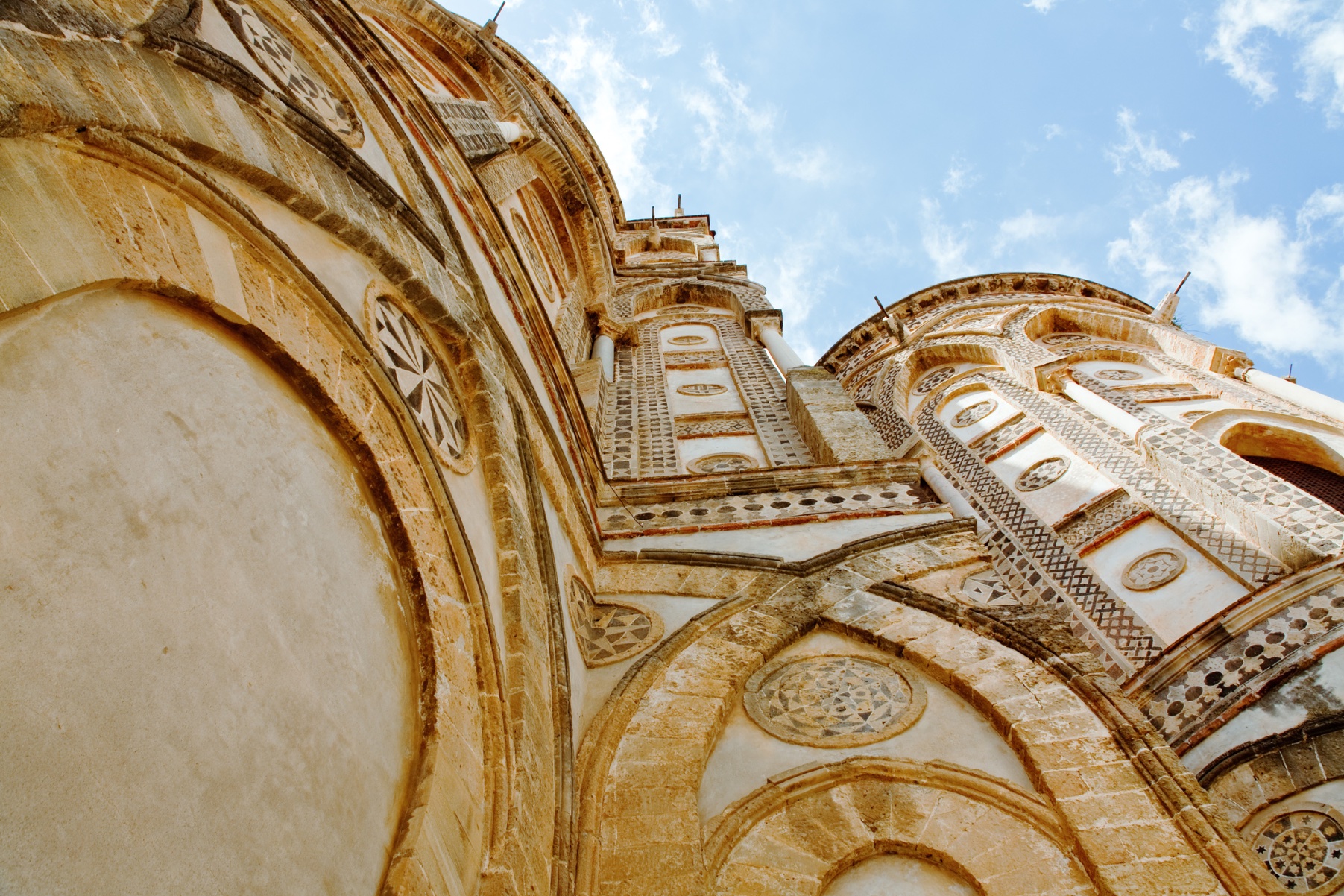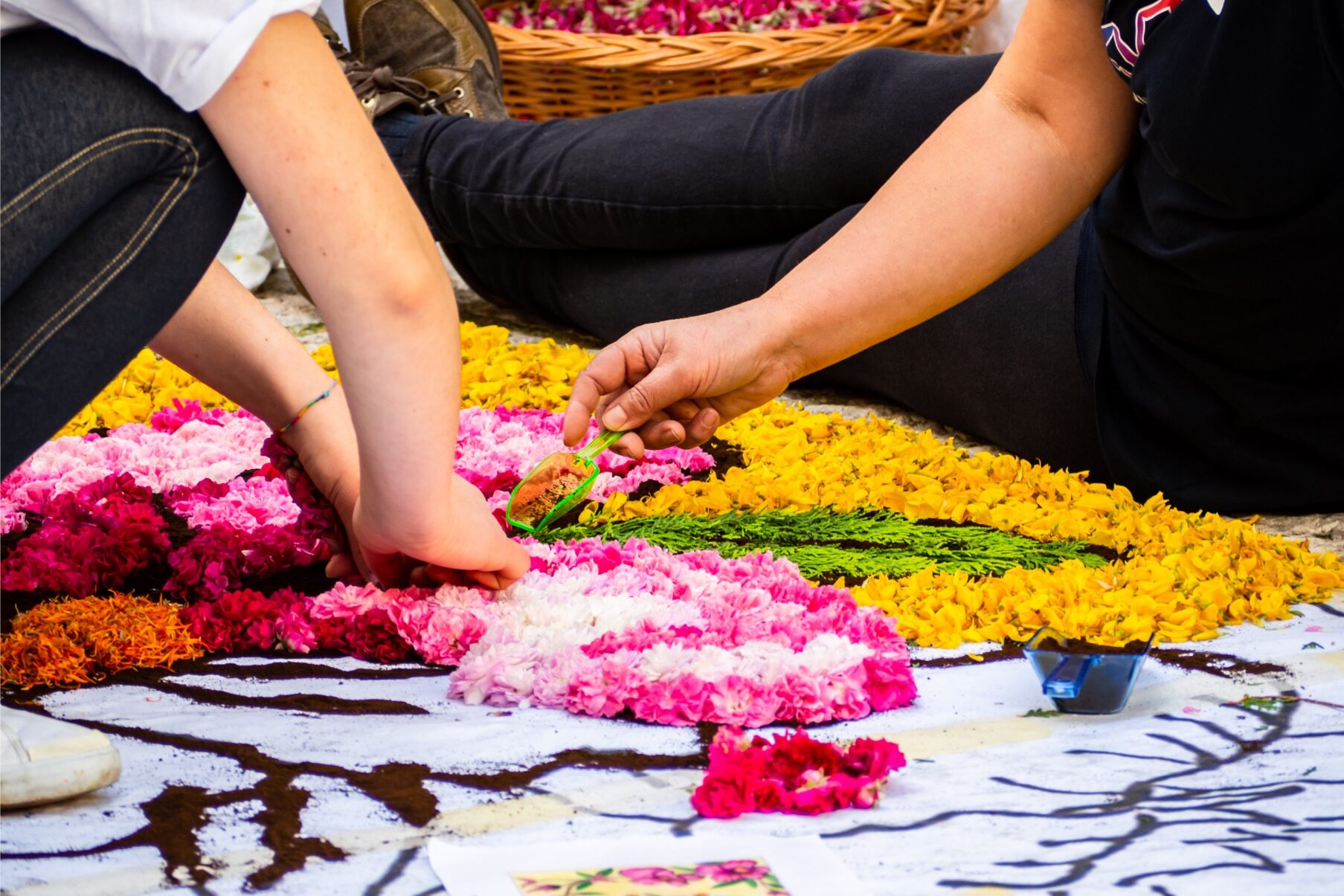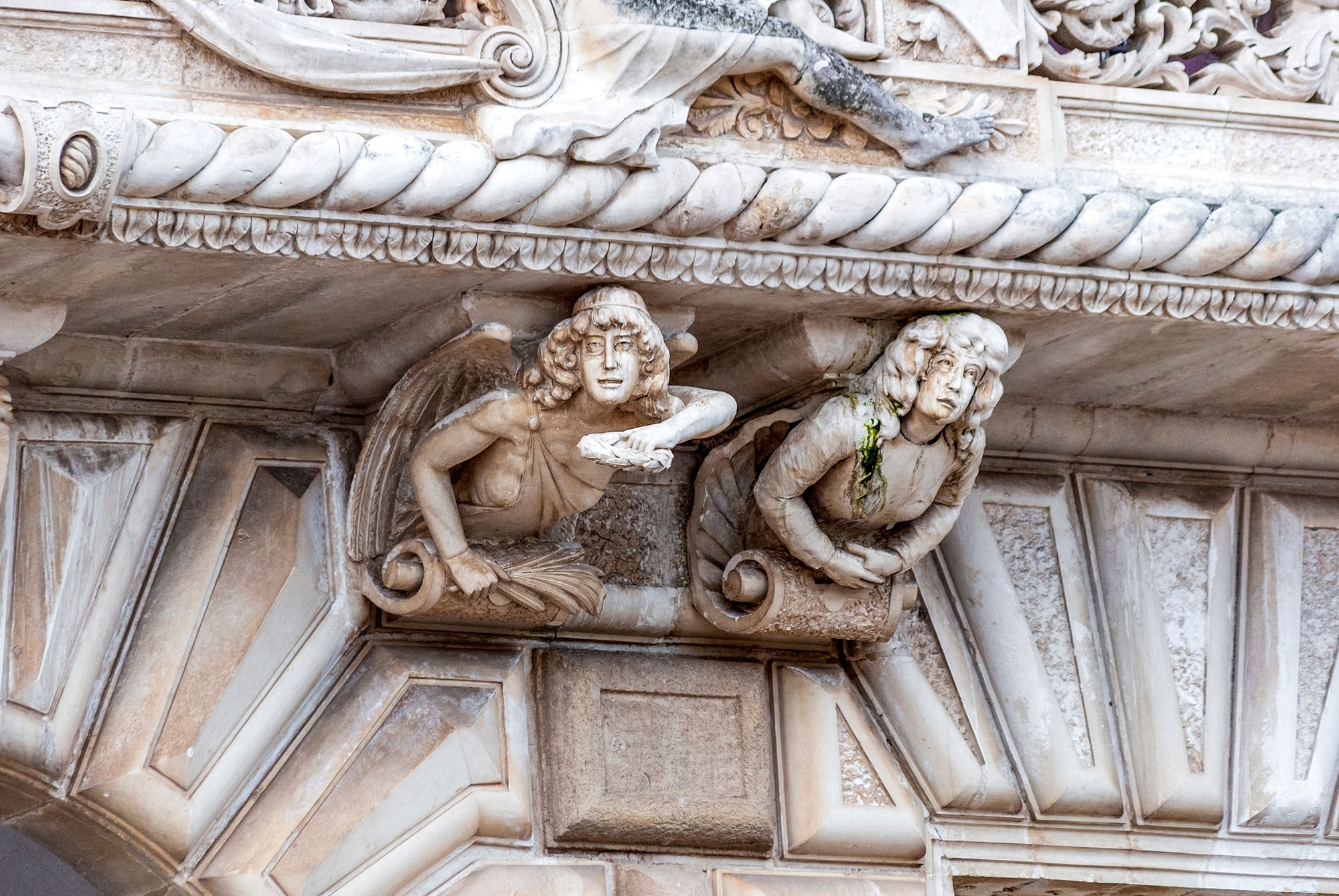Sicily is a beautiful land, rich in vineyards producing fine quality wines highly appreciated across the globe. And yet, those vineyards can also hide other treasures that are of a different nature but as much emblematic of Italy’s heritage.
The small island of Mozia, located just in front of the bigger and better-known Trapani, has recently revealed the remains of a Phoenician-Punic quarter buried under acres of vineyards of Marsala wine.
In ancient times, approximately from 1550 BC to 300 BC, Mozia was one of the most important Phoenician and Carthaginian settlements in the Mediterranean area. Nevertheless, only a limited part of the island has been explored so far, and certainly a great number of treasures are still to be found under its fertile ground.
Today, Mozia is owned by the Whitaker Foundation that bought it in the early 20th century.
Archaeologist Joseph Whitaker, native of England, started both the production of Marsala wine and the first excavation on the island, carried out from 1906 to 1929. It brought to light part of the necropolis and precious artifacts that were preserved in the newly-founded local museum. These historical and artistic remains are particularly fascinating as they show the combined influence of different ancient civilizations also including the Egyptian, Roman, and Hellenic ones.
The urban area in the south-western part of an ancient sanctuary was identified by a team of researchers from the National Institute of Geophysics and Volcanology during an investigation carried out in collaboration with the University of Rome “La Sapienza”, the Soprintendenza for the Arch-aeological and Environmental Heritage of Trapani, and the Whitaker Foundation.
Thanks to advanced and noninvasive magnetometers, ground penetrating radars, and other electromagnetic devices, the image of a complex road system, walls, and buildings was clearly highlighted.
This archaeological study enabled to collect more information regarding the original conformation of the ancient district, which is similar to other Phoenician structures previously discovered on the island, and it also allowed the researchers to outline a map that will guide future excavation interventions on the site.



























